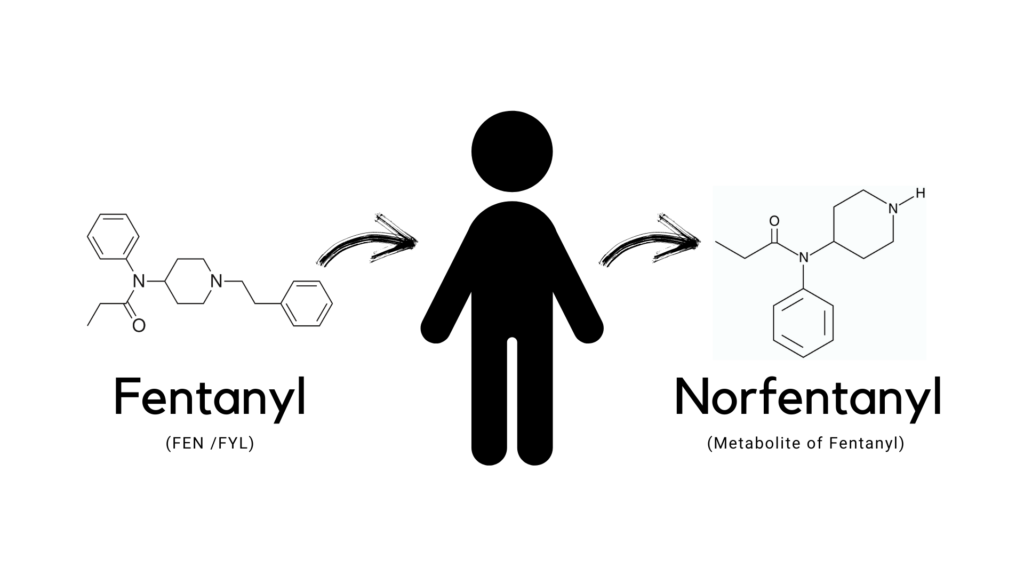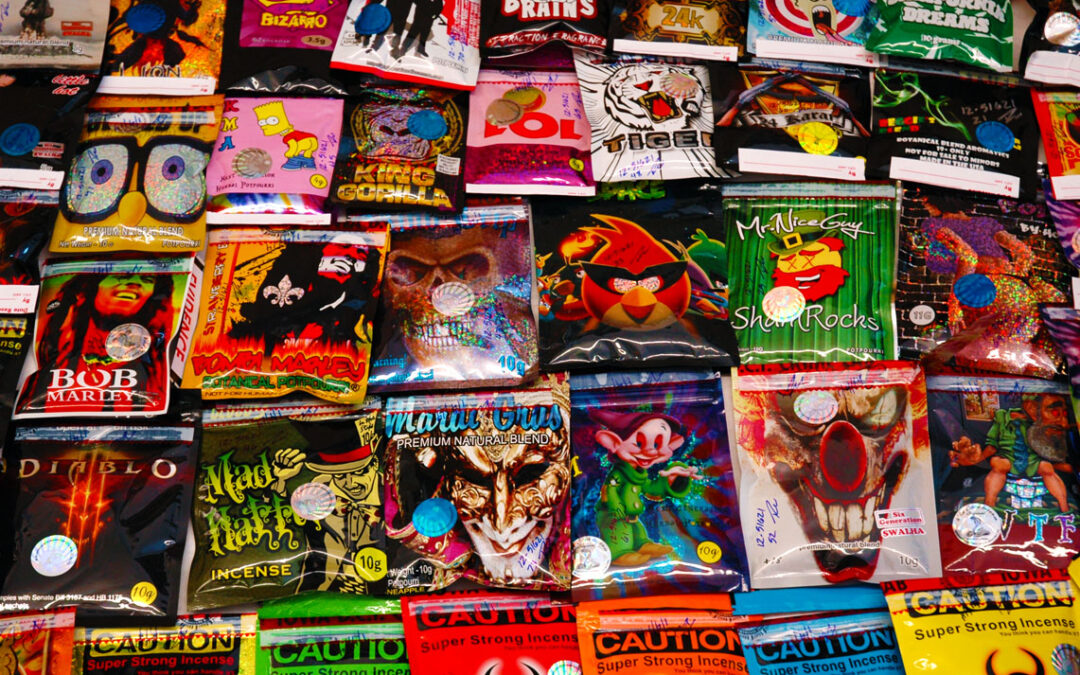
What We Know Now About the Window of Detection for Fentanyl

Fentanyl use continues to rise, and with increased usage comes increased data, and an increased understanding of the pharmacology of this extremely potent synthetic Opioid. In fact, chronic Fentanyl use is a relatively new phenomenon. I suspect that over time we will get an even clearer picture of what the long-term effects ofFentanyl use and misuse are.
If you had asked me a month ago how long Fentanyl is detectable in urine, I would have given my answer based on the common wisdom at the time: 4-5 days. However, around this time I learned some new information that has forever changed my answer to this question.
The situation was as follows: one of our clients looking at the lab results for one of her participants, asked me for clarification of what the results might mean. The result indication no presence of Fentanyl, but 76 ng/mL of Norfentanyl (the primary metabolite of Fentanyl) was confirmed present. My first thought was use in the preceding 4-5 days – as there was only the metabolite present, which we typically see near the outset of the window of detection. Discussing this further with our client, she indicated that this participant had been in jail for the 2 weeks prior to this specimen. We all know that it isn’t impossible to find drugs in jail, but she was confident this wasn’t the case in this situation. Luckily, while I like to brag about my 20 years’ experience and my boundless knowledge, I do have people I can turn to who have even more experience and an even deeper knowledge than I. My go-to toxicologist told me the story of a family member who had tested positive for Norfentanyl for weeks after last use. She apologized that she could not find any studies to back this up, and this was strictly anecdotal. After digging for a while, I too was unable to find any serious research to back this up. I was frustrated as I was not about to start sounding the alarm based solely on anecdotal evidence. So, I simply set the story aside for the time being.
Fast-forward about 3 weeks when I was discussing lab results with a different client. One of the lab results we looked at was a similarly high level of Norfentanyl confirmed, while Fentanyl was not present – almost an identical looking result to the one that started this. This led to a discussion about Quest Laboratories telling her they were investigating this same theory, and they were compiling Fentanyl confirmation result. More importantly, this led to a renewed (and more frenzied) search for some shred of clinical evidence that there was some truth to this (thanks Jennifer!).
I was finally able to find a reliable source of data in the form of this article from Boston University. It is by no means thorough enough to be the last word on this matter, but it was detailed enough for us to want to share this information with you. In summary, it explains that Fentanyl is lipophilic (which means dissolved in fat cells, as opposed to water), much like THC, and as such will build up over time with chronic use. This means that the window of detection for chronic Fentanyl users can be as long as 26 days or more.
***Disclaimer***
IMPORTANT UPDATE October 2021: It has come to our attention that the original study (linked in the Boston University article) used methodologies that are being called into question. So, while I was careful to include the disclaimer that this is “[not] the last word on this matter”, we feel it is important to note that this information should not be considered actionable and should be considered only theoretical until further studies can be performed, published, and reviewed. It is also our understanding that these further studies are in the works and look forward to providing a more substantiative update in the near future.


